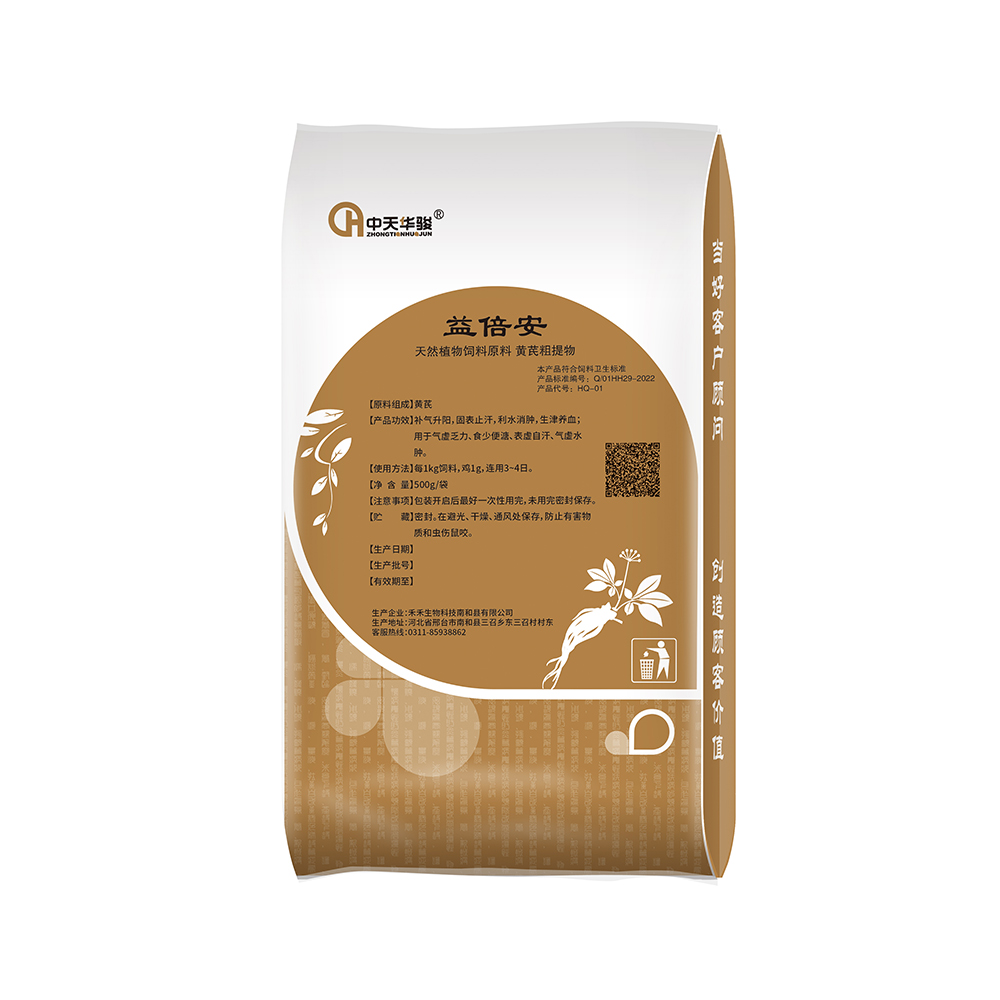
Avq . 18, 2024 08:22 Back to list
Natural Sources of Penicillin Production and Their Role in Pharmaceutical Development
Nature's Penicillin Suppliers The Role of Fungi in Medicine
The discovery of penicillin by Alexander Fleming in 1928 marked a revolutionary turning point in the field of medicine. Dubbed the “wonder drug,” penicillin became the first true antibiotic, saving countless lives during its early application, especially during World War II. However, the story of penicillin and its therapeutic effects is deeply rooted in the natural world, particularly among fungi. This article explores the natural suppliers of penicillin, highlighting the role of fungi in the development of antibiotics and their significance in modern medicine.
Nature's Penicillin Suppliers The Role of Fungi in Medicine
The natural production of penicillin occurs when *Penicillium* molds are in competition with bacterial species in their environment. This competition drives the synthesis of penicillin, allowing these fungi to inhibit bacterial growth and thus secure their ecological niche. The continued study of these organisms provides insight into not only antibiotic production but also the evolution of fungi in response to microbial threats.
nature's penicillin suppliers

In addition to the historical significance of penicillin and its fungal sources, ongoing research continues to uncover new strains of *Penicillium* and related fungi that may produce novel antibiotics. The increasing incidence of antibiotic-resistant bacteria, often termed “superbugs,” highlights the urgent need for new antimicrobial agents. Scientists are turning to nature to find solutions to this pressing health challenge. Many unexplored environments, such as deep-sea ecosystems and tropical rainforests, harbor fungi that may possess unique properties beneficial for human medicine.
Furthermore, advancements in biotechnology have allowed researchers to optimize penicillin production by genetically engineering fungi. By enhancing the natural capabilities of these organisms, scientists aim to increase the yield and efficiency of penicillin production, making it more accessible and affordable for global health needs. Genetic studies have revealed the intricate biosynthetic pathways involved in penicillin production, paving the way for innovations in microbial fermentation processes.
Despite successes in utilizing fungi for antibiotic production, the reliance on natural sources poses challenges. Environmental factors and ecological changes can lead to fluctuations in fungal populations, potentially impacting the availability of penicillin as a commodity. Additionally, the overuse of existing antibiotics has sparked a resurgence of resistant bacterial strains, necessitating continuous surveillance and innovation in antibiotic discovery.
In conclusion, the intertwined relationship between fungi and medicine exemplifies the critical role that nature plays in human health. As we face increasing antibiotic resistance and emerging infectious diseases, the insights derived from nature's penicillin suppliers become more crucial. By prioritizing research on fungal biodiversity and their metabolic capabilities, we can harness the power of these organisms to develop new and effective antibiotics for future generations. Continued exploration into the natural world is essential for sustaining the progress achieved in medical science, ensuring that we remain equipped to combat the challenges that lie ahead.
-
China Salivation AI with GPT-4 Turbo Features
NewsAug.01,2025
-
Epic Sepsis Factories: AI-Driven Detection with GPT-4 Turbo
NewsJul.31,2025
-
Acute Salpingitis and Oophoritis AI Factory
NewsJul.31,2025
-
Premium China Bacillus Subtilis Supplier & Factory Solutions
NewsJul.30,2025
-
Premium Avermectin Supplier in China | Custom Solutions Available
NewsJul.29,2025
-
China Bacillus Subtilis Supplier - Custom Factory Solutions
NewsJul.29,2025




